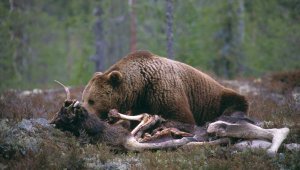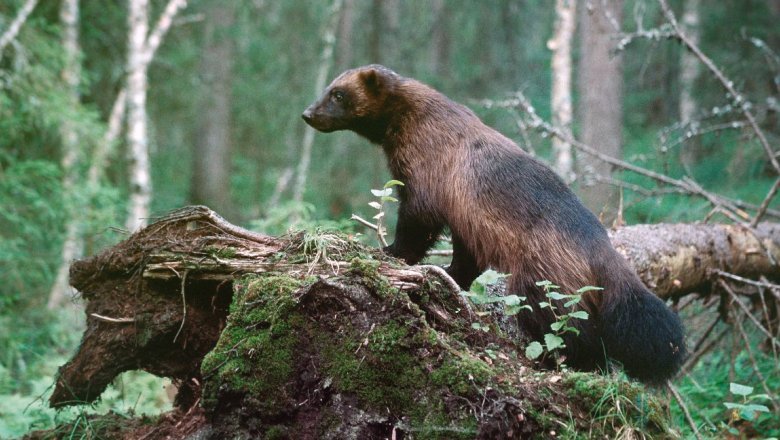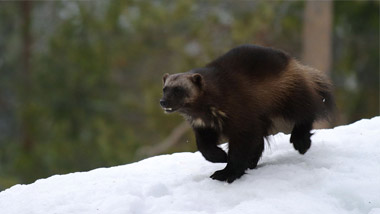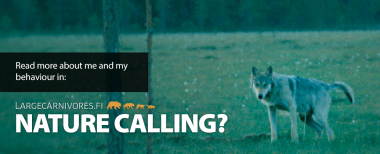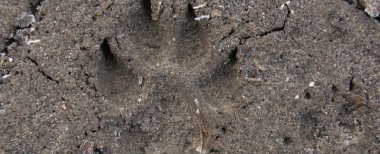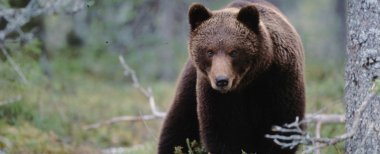The population management plan presents both biological and societal guidelines by which the wolverine population is to be systematically managed so that it remains a vital part of Finnish nature. On the one hand, wolverine population management is bound by the general conservation goals of an extremely endangered species and the goal of achieving a favourable conservation status for the wolverine as required by international agreements and the EU Habitats Directive. On the other hand, the management activities are guided by socioeconomic desires to minimise damages caused by wolverines.
Regions of wolverine population management
Based on their behaviour and distribution, it may be said that Finland is home to two different types of wolverine. Despite its small overall population, the wolverine is the most significant cause of damages to reindeer in Fell Lapland, where it is most numerous. But then again, the forest-dwelling wolverine living outside of the reindeer herding area has slowly grown in numbers and spread to new areas without causing any harm or disturbance to humans.
Finland is divided into three large regions for the purposes of wolverine population management: northern and eastern reindeer herding area, rest of the reindeer herding area and Forest Finland.
The aim of wolverine population management in the region consisting of the northern and eastern reindeer herding areas is to secure a stable wolverine population and its even distribution across the region. The wolverine population's connection to the populations of Scandinavia and Russia is also to be preserved.
The goal in the rest of the reindeer herding area is to spread the wolverine to new habitats. Ensuring the free movement of wolverines between the reindeer herding area and the rest of Finland is also important.
In the Forest Finland region the wolverine population is allowed to grow and spread to new habitats naturally.
The central actions defined in the management plan have to do with reinforcing the wolverine population outside of the reindeer herding area, reducing damages caused to reindeer by wolverines and improving the methods for tracking the wolverine population.
